

Printers don’t last forever. Ink splashes collect and coagulate, bits of paper gather, rollers wear out, and ink cartridges become ever more expensive. Buying a new printer every few years can become a bit of a pain, and that’s before you even start looking at the current prices.
But you don’t have to spend a ton of money to get a reliable and versatile new printer.
By knowing exactly what you want, the features you need, the print quality you expect, and the budget you have; you’ll find that buying a new printer isn’t the money pit you thought it was.
Unless you’re looking for a color laser jet printer for bulk document printing, it’s unlikely that a new printer will cost you any more than the price of a pair of ink cartridges. It’s a strange idea that the hardware that uses the ink through a combination of mechanical and digital processes should cost less than the total volume of ink needed to print, say, 250 sheets of paper, don’t you think?
This is largely due to the manufacturing costs of the cartridges, particularly from an environmental point of view, but there is, of course, an element of targeting customers with inflated prices.
Buying a new printer is a little bit like buying a car. You wouldn’t spend money on a new motor only to put the wrong fuel in, would you?
Similarly, it’s a bad idea to put reconditioned/refilled ink cartridges into your printer, new or otherwise. Although, of course, you should get as much use out of them as possible!
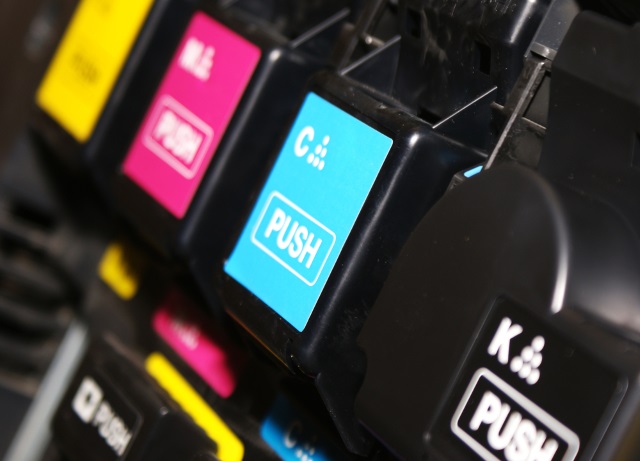
While they might be more economical compared to official/approved ink cartridges, this is a false economy. Sure, some of these cartridges might work, but the following might also happen:
So, you’ve saved money – but you’re not printing (although our own Kannon Yamada has used recycled ink cartridges without any problems).
Therefore, it is in your interest to purchase only the approved ink cartridges. It’s good to get these things sorted out, isn’t it? Let’s move on, then, to the task of finding the right printer, one that will give you the results you want without breaking the bank.
While a laser printer is considerably more expensive than an inkjet printer (perhaps 10 times more), you need to ask yourself what print quality you expect, and what volume of printing you’ll be outputting.
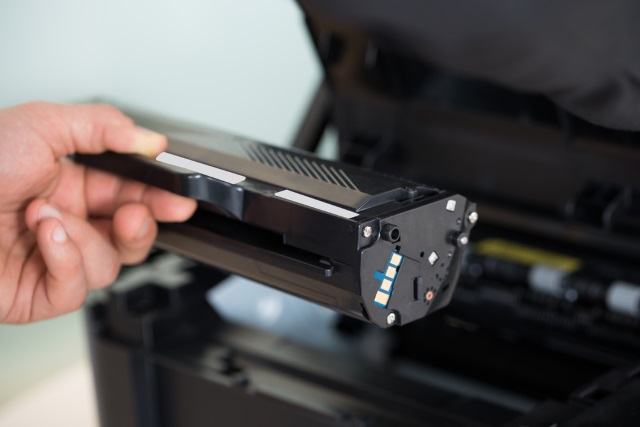
Those laser jet printers that can be found in offices around the world are expensive, but they’re almost always network printers, serving two or three (or many more) users at a time. This saves space and money, and is therefore efficient.
You probably don’t need this type of printer at home.
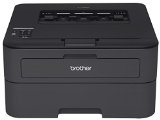 Brother HL-L2340DW Compact Laser Printer, Monochrome, Wireless, Duplex Printing
Never run out of toner with this Amazon Dash Replenishment enabled printer
Brother HL-L2340DW Compact Laser Printer, Monochrome, Wireless, Duplex Printing
Never run out of toner with this Amazon Dash Replenishment enabled printerAdditionally, some laser jet printers employ a secondary replaceable component, the imaging drum, which is an important part of the print process. These can be around twice the price of a replacement toner cartridge.
An inkjet printer will be far more affordable, and with cheaper ink, and no imaging drum.
 Canon PIXMA MX922 Wireless Office All-In-One Printer
AirPrint: Print wirelessly and effortlessly from your compatible iPhone, iPad, or iPod touch- no drivers needed!
Canon PIXMA MX922 Wireless Office All-In-One Printer
AirPrint: Print wirelessly and effortlessly from your compatible iPhone, iPad, or iPod touch- no drivers needed!Planning on any color printing? Want to print your photos?
If you only want to print in black, you’ll be hard-pressed to find a black-only inkjet printer. While they do exist, you might find it easier to load a standard color printer with only black ink, which some manufacturers support.
For photo printing, you will often find that the device manufacturer specifies particular ink and photographic paper for success here. As before, it’s a good idea to stick to this advice; the wrong photographic ink and paper combination will result in quite poor quality photos that will fade.
There was a time when choosing a wireless printer would set you back around twice the price of a standard device, but those days are long since passed. You can now purchase a wireless printer for well under $100, which is a difficult price to turn down (of course, you could always convert your old printer into a wireless printer with the help of a Raspberry Pi).
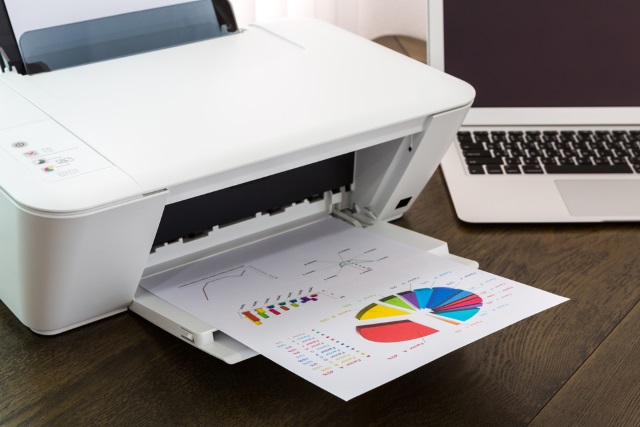
With wireless printing, you gain the ability to print direct from your iPad, iPhone or Android device, as well as any PCs on your network. Because the printer connects wirelessly to your router, you’ll be able to print to it from a computer connected with an Ethernet cable or over Wi-Fi.
Put simply, if you have wireless devices, you need a wireless printer.
It looks and feels high-tech, but do you really need an all-in-one printer/fax/scanner? Opting for such a device can double the price you might be expecting to pay at this stage, but if you don’t really need a scanner (a smartphone can be used instead in most cases) then you can discount this from your plans.
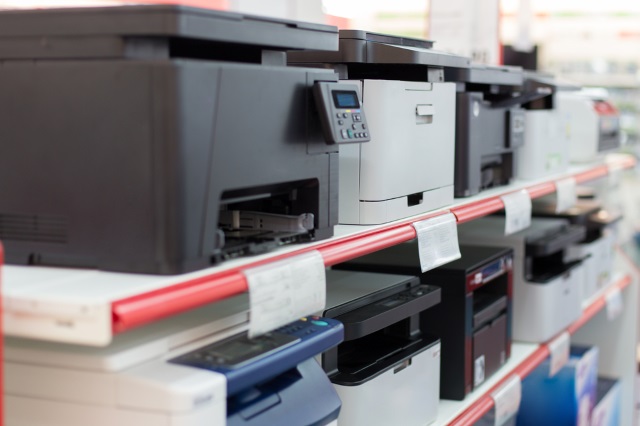
And few people use physical fax machines these days, preferring instead to use the Internet fax services.
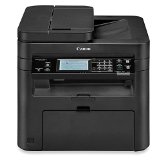 Canon imageCLASS MF227dw Black and White Multifunction Laser Printer
Print from the comfort of your own iPhone or iPad with Apple Airprint
Canon imageCLASS MF227dw Black and White Multifunction Laser Printer
Print from the comfort of your own iPhone or iPad with Apple AirprintAll-in-ones also have a key support issue: if a feature breaks, and you send it away for repairs, you’re without the rest of the unit. So if the scanner broke and went away for servicing, you wouldn’t have a printer any longer. It is certainly worth keeping this aspect of all-in-ones in mind before opting to purchase such a device.
So, you now know what sort of printer you need. All you need to do next is place the order, whether online via Amazon, or at your local, reputable, electronics retailer. Just make sure the printer comes with ink, and that it is compatible with your operating system.
Do you need help buying the right printer? Have you had trouble finding a printer, or are you still using a really old device with no sign of it breaking down? Tell us in the comments.
Image Credits: photokup via Shutterstock.com, andrey_popov via Shutterstock.com, Niki Love via Shutterstock.com, jannoon028 via Shutterstock.com




 Princess Peach Will Eat Your Brains
Princess Peach Will Eat Your Brains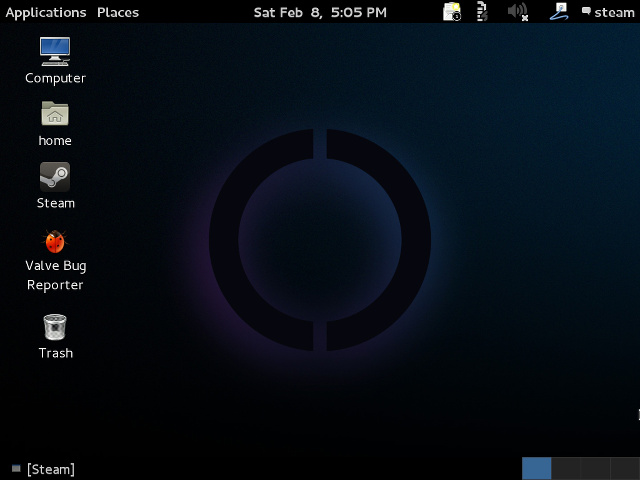 Is SteamOS a Good Choice for a Gaming System?
Is SteamOS a Good Choice for a Gaming System? Assassins Creed 4: Black Flag Information Blowout
Assassins Creed 4: Black Flag Information Blowout 5 Ways To Keep Civilization 5 Interesting While You Wait For Beyond Earth
5 Ways To Keep Civilization 5 Interesting While You Wait For Beyond Earth The Walking Dead Season 2: Episode 2 ‘A House Divided’ Walkthrough
The Walking Dead Season 2: Episode 2 ‘A House Divided’ Walkthrough